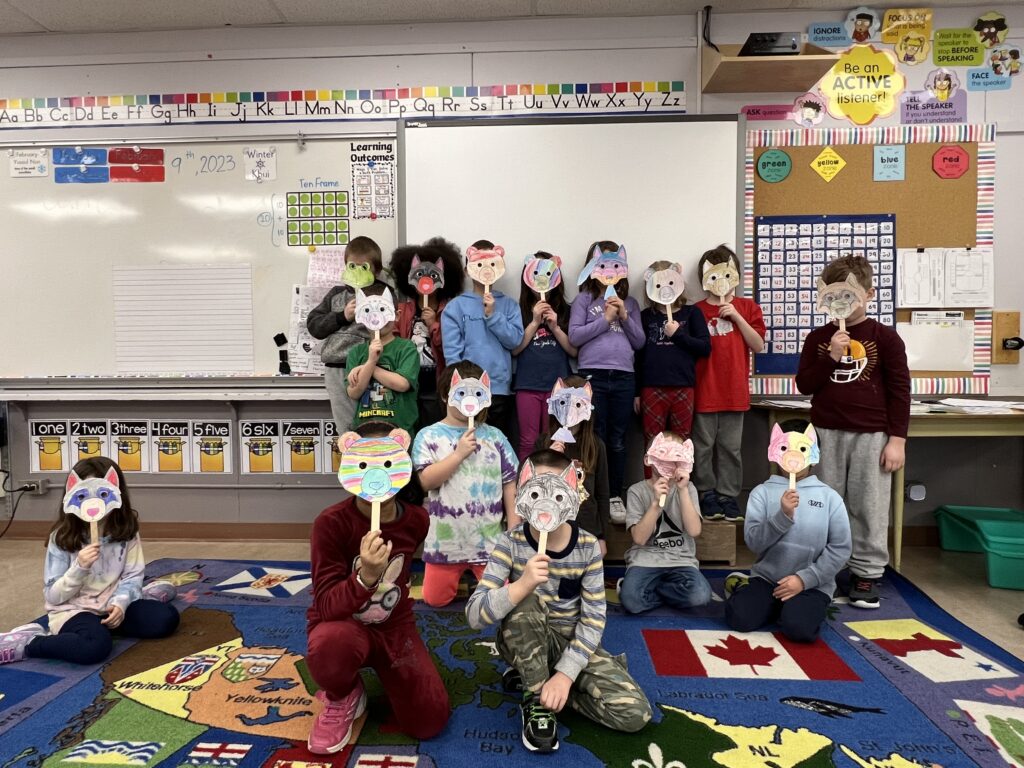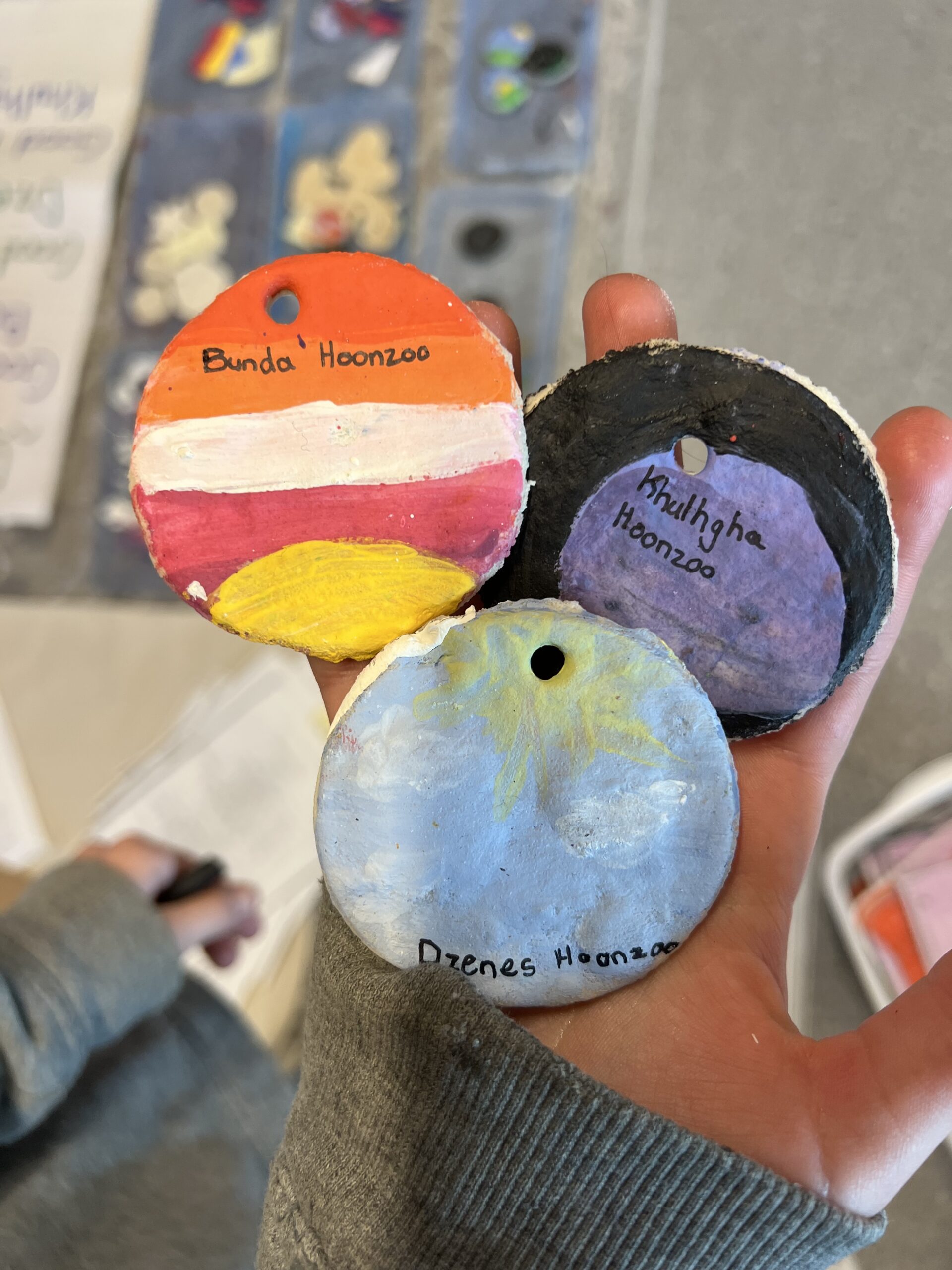In my time in the Education program thus far, I have incorporated Standard 9 into two lessons that I have taught. One lesson was at Harwin Elementary which focused on showing kindness to our local land and animals. The Grade ½ class learned about the various animals that are local to Northern British Columbia such as the bear, eagle, wolf, fox, etc. As students were aware of the various animals, we then began to learn the Dakelh language which associates to the specific animal (ie; black bear is Sus). Once students grasped the Dakelh language after a listen and repeat activity, we then gave students an opportunity to show their creativity by making their own animal mask, which they had the choice of making a bear, wolf, or frog. Students decorated their animal mask using various materials and would later then use the masks they had made in an Indigenous song and dance video that focused on the various animals we had learned about. The students really enjoyed this lesson as it incorporated creativity as well as knowledge that they had gained. Although some of the Dakelh words may have been difficult for students to repeat, they tried their very best and with practice they got better and better, being authentic to the language. In my opinion, I believe it is important for students to begin their understanding and knowledge of Indigenous culture at a young age to allow for acceptance and generational change for the future. Finally, in my first practicum I had a Grade 4-7 class and knew that I wanted to do an Indigenous education lesson in my time in their classroom. I wanted the lesson to be hands on and creative. In my time at the school, I collaborated with the Indigenous education worker as my class had weekly “Word of the Week” lessons in Dakelh that I wanted to incorporate into my lesson. We decided that the class would learn “Good Morning”, “Good Afternoon”, and “Good Evening” in Dakelh and the students would later than apply it to my lesson. Day one of the lesson was to make salt dough. Students got into partners and made salt dough following a recipe, and then shaped their dough into three disks to later paint a morning scene, a daytime scene, as an evening scene. On day two of the lesson, once the salt dough had dried completely students painted their salt dough disks accordingly, and wrote “Good Morning”, “Good Afternoon”, and “Good Evening” in Dakelh on each disk. Students enjoyed the hands-on activity and incorporating their prior knowledge of the Dakelh words to their artwork. The project was a success, and I was very proud of how thoughtful each student was in making their Dakelh salt dough disks.


In addition to my portfolio of Indigenous education into my career as a teacher, my pedagogy involves for myself to continue my education around Indigenous culture, as well as my students own cultural backgrounds. My goal is to continually strive to embed cultural practices, history, and decolonization into my lessons. And finally, I believe in the importance of acknowledging the ancestral lands we are situated on and to acknowledge that importance each and every day in my classroom and to teach my students gratitude towards this land we have the privilege of learning on.
This post is and will continue to be a work in progress, as it is my goal to incorporate my lessons and experiences with Indigenous education and incorporating them into my classroom.